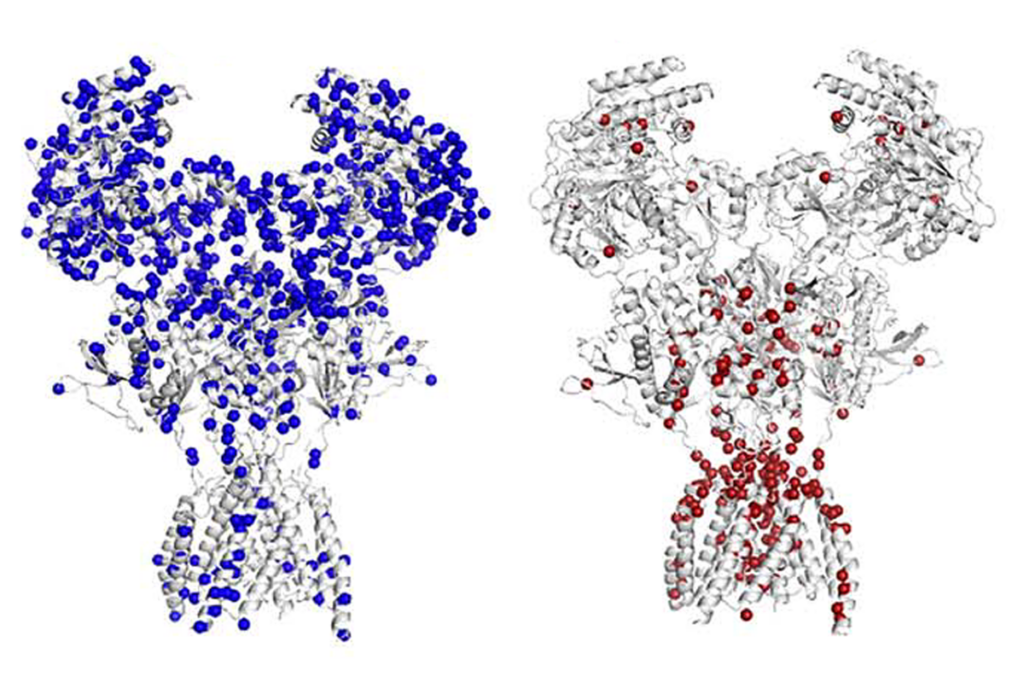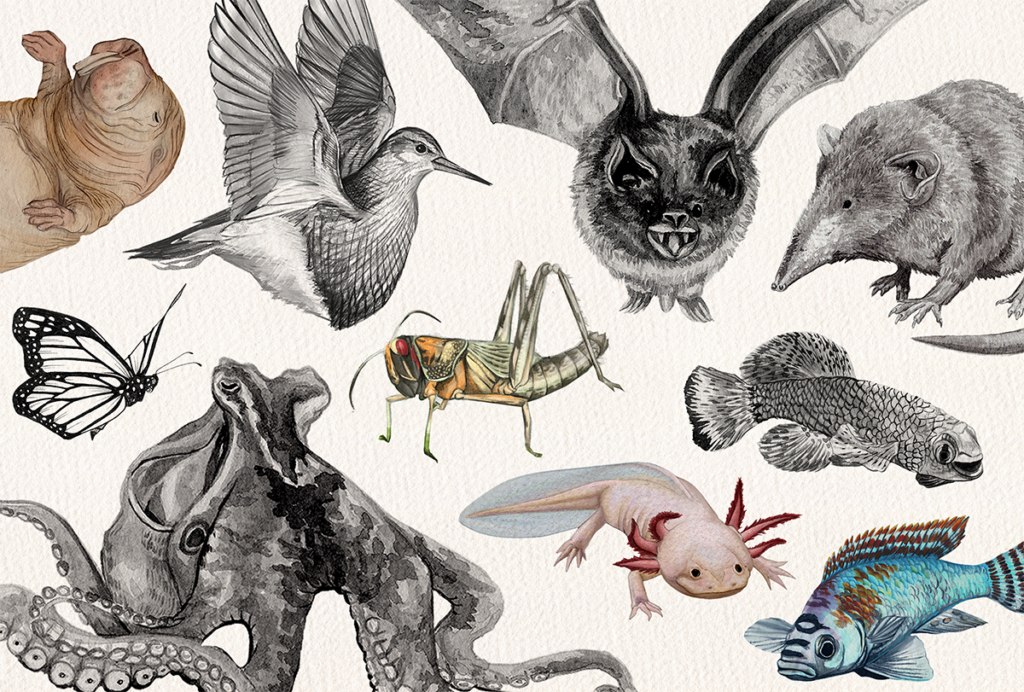Jill U. Adams is a freelance science journalist based in Albany, New York. She covers health, mental health and biomedical research for such publications as The Transmitter, The Washington Post, Scientific American, Undark and The Scientist. She has a Ph.D. in pharmacology from Emory University in Atlanta, Georgia.

Jill Adams
Contributing writer
From this contributor
DDX3X gene function; gender diversity; lithium
Here is a roundup of autism-related news and research spotted around the web for the week of 16 December.
Genome folding; organelle changes; self-injury
Here is a roundup of autism-related news and research spotted around the web for the week of 9 December.
Anti-seizure medications in pregnancy; TBR1 gene; microglia
Here is a roundup of autism-related news and research spotted around the web for the week of 2 December.

Anti-seizure medications in pregnancy; TBR1 gene; microglia
Emotional dysregulation; NMDA receptor variation; frank autism
Here is a roundup of autism-related news and research spotted around the web for the week of 25 November.

Emotional dysregulation; NMDA receptor variation; frank autism
Executive function; screen time; Rett syndrome therapy
Here is a roundup of autism-related news and research spotted around the web for the week of 18 November.

Executive function; screen time; Rett syndrome therapy
Explore more from The Transmitter
The non-model organism “renaissance” has arrived
Meet 10 neuroscientists bringing model diversity back with the funky animals they study.

The non-model organism “renaissance” has arrived
Meet 10 neuroscientists bringing model diversity back with the funky animals they study.
Assembloids illuminate circuit-level changes linked to autism, neurodevelopment
These complex combinations of organoids afford a closer look at how gene alterations affect certain brain networks.
Assembloids illuminate circuit-level changes linked to autism, neurodevelopment
These complex combinations of organoids afford a closer look at how gene alterations affect certain brain networks.
Rajesh Rao reflects on predictive brains, neural interfaces and the future of human intelligence
Twenty-five years ago, Rajesh Rao proposed a seminal theory of how brains could implement predictive coding for perception. His modern version zeroes in on actions.
Rajesh Rao reflects on predictive brains, neural interfaces and the future of human intelligence
Twenty-five years ago, Rajesh Rao proposed a seminal theory of how brains could implement predictive coding for perception. His modern version zeroes in on actions.

